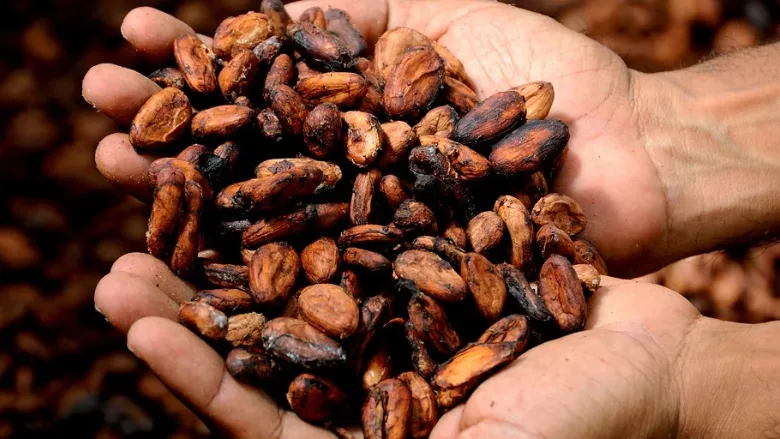New Recommendations for Reducing Cadmium, Lead in Cocoa

Credit: 5671698 via Pixabay
The National Confectioners Association (NCA) and nonprofit organization As You Sow (AYS) have released the results of a three-year study that explored ways to reduce the presence of cadmium and lead in cocoa and chocolate. The study was funded through a California Proposition 65 settlement that was reached between AYS and confectionery industry stakeholders in 2018. The study has resulted in a list of recommended strategies for industry to mitigate the toxic elements present in cocoa-based products.
According to the report, cocoa plants take up cadmium from soils through their roots and deposit the toxic element into the nibs of cocoa beans. Reducing cadmium levels without compromising taste will require a twofold solution. In the short term, blending low and high cadmium beans can mitigate consumer exposure to the toxic element from cocoa-based products. In the long term, changes to soil composition or cocoa genetics, especially in Latin America and the Caribbean, will be necessary.
Lead can be introduced to cocoa from various sources including soil, dust, and deposition from power plants. The toxic element adheres to the outer shells of cocoa beans after they are extracted from their pods. To reduce the presence of lead in cocoa-based products, the report recommends minimizing cocoa beans’ contact with soil and mitigating the potential for aerial deposition during the extraction and fermentation stages of the harvesting process, as well as optimizing decontamination processes during bean cleaning, roasting, and shell removal.
Looking for quick answers on food safety topics?
Try Ask FSM, our new smart AI search tool.
Ask FSM →








